Transported and renewed by the best safari holidays
Nothing surpasses the African safari for its ability to move you. It’s eternal, of then, now and forever, a rebirth of the soul.

Ernest Hemingway wrote with admirable economy about Africa but for many visitors the experience can be so extraordinary that either words fail to describe what amounts to a transformation or there’s an impulse to chatter away like baboons. Hemingway was shooting, of course, while contemporary tourists are snapping, which is a fine and proper evolution. His famous line to describe a new day dawning? “I never knew of a morning in Africa when I woke up that I was not happy.” Says it all, to be frank. There’s something that moves us all as the sun slowly emerges above those seemingly infinite plains. It’s eternal, of then, now and forever, a rebirth of the soul. If Africa doesn’t move you, then you’re just not trying hard enough.
Out on the tawny plains or in the deep forests, there is no suggestion of time. Minds are cleansed of care. There is utter absorption in each moment. Is it possible to wait and wait for a pride of lions to stir, or a mother elephant shepherding her baby across a river, and feel not even a skerrick of impatience? Yes, it is. No other form of tourism is so transporting, no other landscape so simultaneously empty but filled with the promise of sudden sightings of apex predators and scurrying prey.
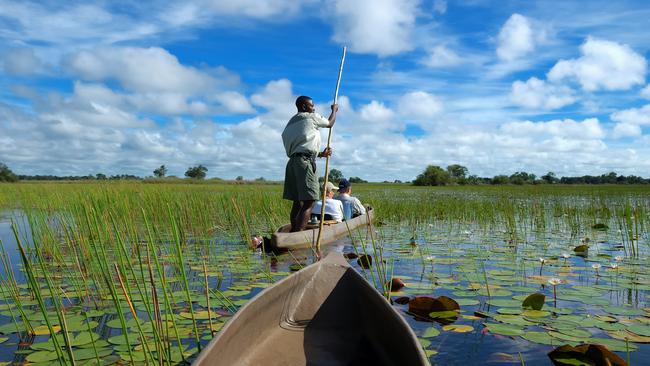
My journeys to the African continent started in the 1990s and have rolled on regularly ever since. There’s a neat precision to each day that regulates the pattern. It starts with “bed tea” and a sustaining rusk or two delivered to tent or lodge just before sunrise. Maybe a quick visit to the encampment’s waterhole to see which creatures have gathered for morning ablutions. Then the donning of regulation khaki or bottle-green bush gear, securing a broad-brimmed hat and ensuring the anti-mosquito repellent is handy. Grab a coffee and go-bag of warm muffins. Dash to the waiting LandCruiser to meet driver, guide and tracker. Settle in with camera, binoculars, spotter’s checklist and, in my case, a well-worn copy of Birds of Africa, with notes marking the likes of a red-chested flufftail or a lilac-breasted roller. Be prepared for jolts and bumps, or “a free African massage” as my “honorary Maasai son” Philip Koimere would say.
Follow the spotter’s advice and divide each section of landscape into a grid. Eyes up, down, left, right; look for flickers of movement, the flick of a cheetah’s tail, the buoyant stride of a mongoose. This scenario could be played out across the tawny plains of Kenya’s Maasai Mara and Tanzania’s Serengeti or the vast desertscapes and mighty dunes of Namibia. In bushier surrounds, South Africa’s Sabi Sand Reserve or Kruger National Park deliver tighter vegetation but equal thrills across riverine habitats and wooded savanna. Add water-borne adventures to the mix in Botswana’s magical Okavango Delta aboard a slender canoe made from the hollowed-out trunk of a tree and poled along by a guide who acts as spotter, too – especially for crocs and hippos, as rogue and dangerous as “gangsters” says guide Derek of Sanctuary Chief’s Camp. And there’s no more surrealistic scene than flamingos posed like a corps de ballet down on the ancient saltpans of Tanzania’s Ngorongoro Crater, seemingly as deep as the beginnings of time.

The best safari teams impart not only knowledge and snippets of bush lore but bring the experience to life with banter and great good cheer. It’s their daily routine but every sighting and scuffle is unique, and the reactions experienced by their guests are usually of complete wonder. Notes from just one day in Sabi Sabi Game Reserve, South Africa: “There are female nyala with fly-whisk tails, tree-high giraffes with supermodel eyelashes, and a statue-still white rhino eyeing us with great suspicion. Impala are pronking in high-hopping shows of athleticism against potential attackers and warthog are mooching about with faces only a mother could love.” It’s difficult not to anthropomorphise the animals. Philip says the Maasai say the goofy wildebeest was “assembled by the creator’s spare parts”, a muddle of hyena, horse and goat.
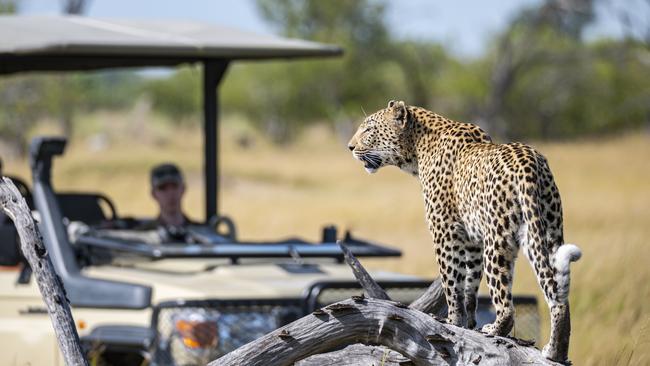
If animals are being elusive, then the vegetation can almost equally entrance. “Stands of candelabra (Euphorbia candelabrum) look freshly formed by a passing sculptor. The tall, wide-girthed jackal berry tree to my left is more than 1000 years old.” My notebooks are old, dusty, turning mouldy, but precious beyond measure. Back to base camp for a shower (a bucket drop contraption in a canvas “ensuite”, if you are “roughing it”, which I love), a late breakfast that sometimes merges into a light lunch, and siesta or pool dip before afternoon tea. The middle of the day is too hot for beasts and visitors alike to stir. Late afternoon, as the sun sinks and colours change to greys and mauves, the second round of wildlife viewings begins and off we rumble with jackets and blankets aboard. Lionesses perk up and start their hunt while the males sprawl like potentates anticipating the evening meal to soon be served by the missus.
Then the sundowner cocktails come out. Not whisky in tin mugs, as would have been the old hunters’ norm, but smart G&Ts made with gin infused with fynbos botanicals and garnished with cucumber and basil. Typically, these are served on the vehicle’s bonnet, even sometimes magicked up from an old brass-trimmed campaign trunk. The sun is toasted as it drops like a penny in a slot, so unlike that lingering reveal of morning light.
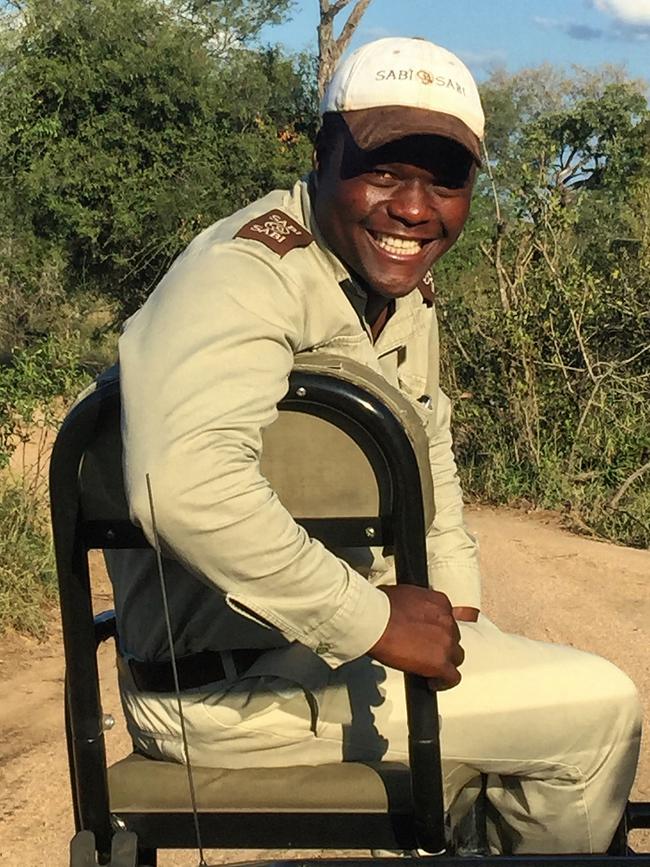
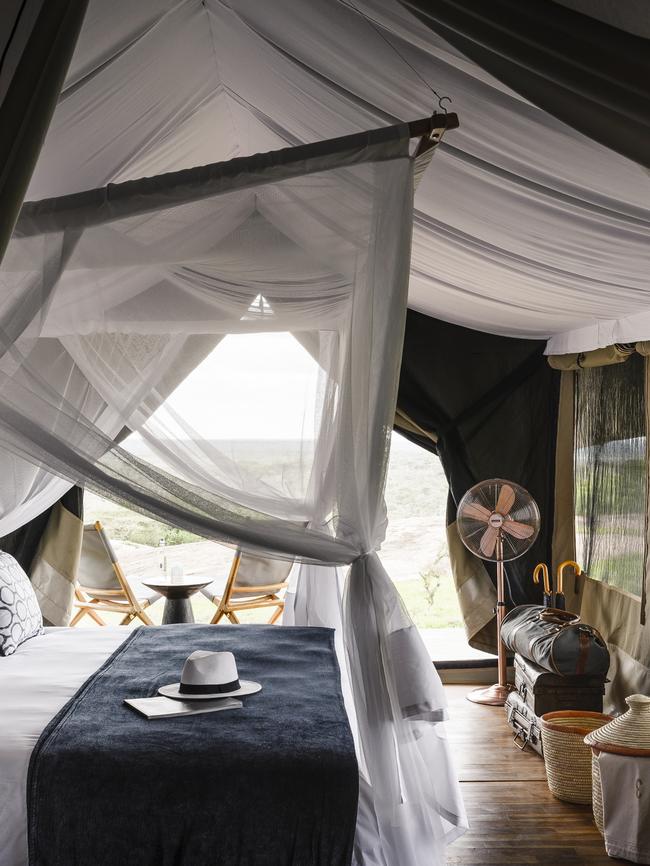
Back at camp, dinner will be served by camp cooks and staff with badges announcing names as glorious and giving as Precious and Goodwill. Tables and canvas chairs will likely be set up around a crackling campfire (“the African TV”) and hearty fare consumed and tall tales shared until a companionable quiet descends and the rangers rouse guests to be escorted back to their tents or lodges, with flashlights aimed high and low. Sleep comes deep and easy, punctuated by the occasional roar, snuffle and snort. I once told Philip that my tent had been shaking in the night, as if someone, or something, had been trying to get inside. “Ah yes,” he said. “It was a slow old jumbo. Visited my tent, too.” Oh, OK. Gulp. Over to Hemingway for the final words. “All I wanted to do was to get back to Africa. We had not left it, yet, but when I woke in the night, I would lie, listening, homesick for it already.”
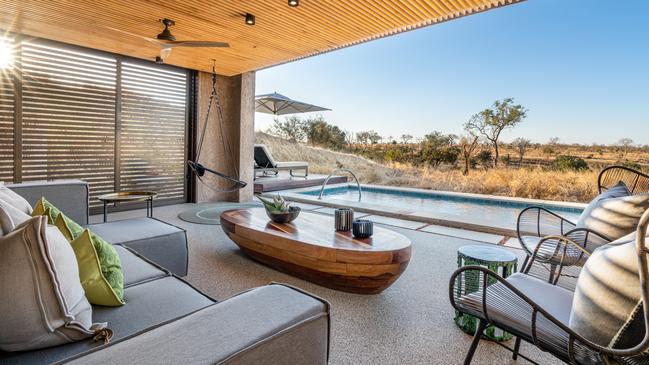
GAME ON
Australian company Captain’s Choice has a 16-day private jet experience for just 58 guests south from Cairo and Luxor to Nairobi and into the Maasai Mara, Volcanoes National Park in Rwanda, Victoria Falls on the Zimbabwe/Zambia border and from Pretoria to Cape Town aboard the Rovos Rail heritage train service. Departs August 31, 2024.
Highly recommended for safaris to suit all comers are the four properties of the family-owned Sabi Sabi Private Game Reserve collective in South Africa. Each is distinctly different, including Selati Camp, with train-themed decor to suit its site near a former railway siding. Uniquely geared to families or small groups, the group’s Bush Lodge puts an emphasis on children’s educational activities.
Sydney-headquartered Classic Safari Co offers bespoke wildlife-viewing experiences in smaller and often privately owned conservancies plus itineraries in less-visited Africa destinations such as Malawi and Madagascar and the more remote corners of safari favourites, Kenya and Tanzania. In Botswana, it represents the magical San Camp amid the desert and moonscapes of the Makgadikgadi pans of the Kalahari. Sister property Duke’s Camp, in the northern Okavango, was rated on Travel & Leisure magazine’s top 100 best new hotels in the world list 2023.
Under its Small Group Journeys banner, Abercrombie & Kent has a new Wildlife Safari: Around the World by Private Jet itinerary. The Africa highlights are lemurs in Madagascar and the continent’s Big Five beasts (lion, leopard, elephant, rhino and buffalo); February 14-March 9, 2024.
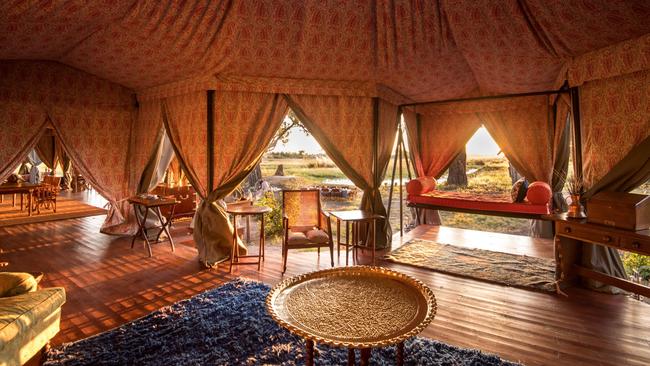
GO BUSH
For the ultimate experience, consider a small bush camp that is packed up and moved each year to follow patterns of wildlife movement, especially during the annual herd migrations between June and late November north from the Serengeti in Tanzania to the Maasai Mara in Kenya. The most authentic and wonderful safaris I’ve experienced have been at such seasonal redoubts. Beam me back to the truly traditional 10-tent Sanctuary Kichakani Serengeti Camp, which moves between the southern and northern Serengeti. It makes the promise of “living among the annual great migration as it happens … six million hooves crossing the open plains … more than 200,000 zebra, 300,000 Thomson’s gazelle and over a million wildebeest as they migrate in search of fresh grazing grasslands”. It’s said the dust thrown up by their stampeding heels hangs like gauze in the air for days. The 2023 season opened on June 21 and closes on November 30. Its operator, Sanctuary Retreats, has a swag of safari lodges and camps in Africa, and a strong philanthropy mission, working with schools, women’s groups, medical teams, community start-up projects and safe water programs. Also recommended for viewing the Great Migration, specifically in June and July, plus sightings of black and white colobus monkeys that are unique to this area, is &Beyond Grumeti Serengeti River Lodge; its 10 suites feature private pools.




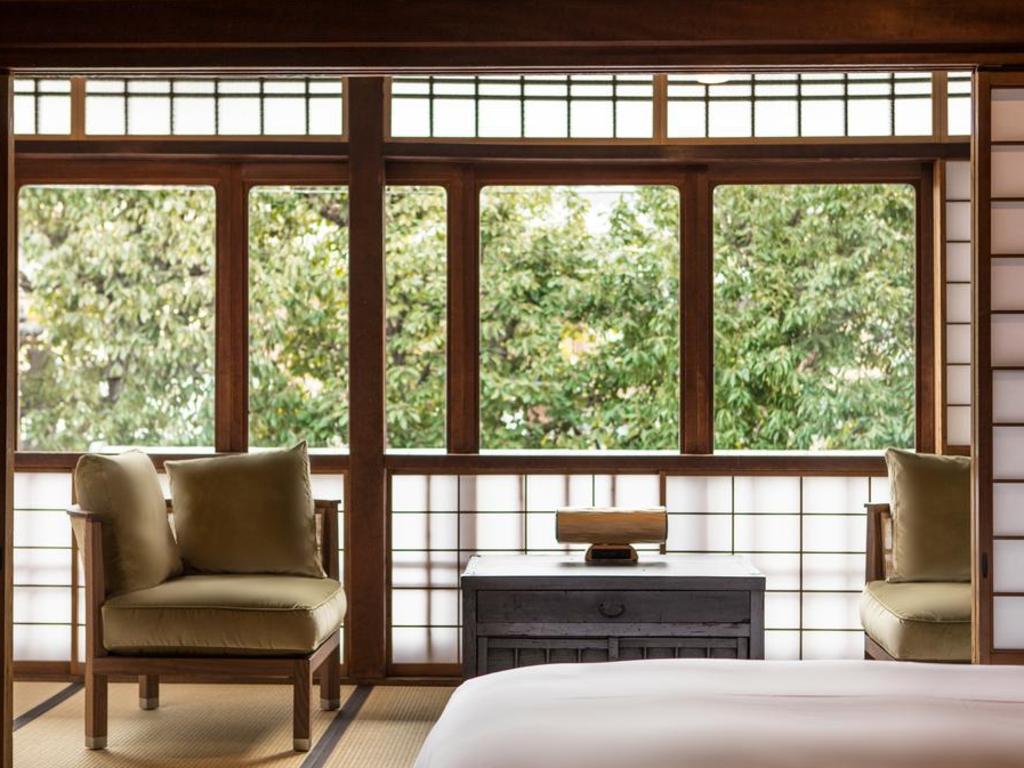

To join the conversation, please log in. Don't have an account? Register
Join the conversation, you are commenting as Logout